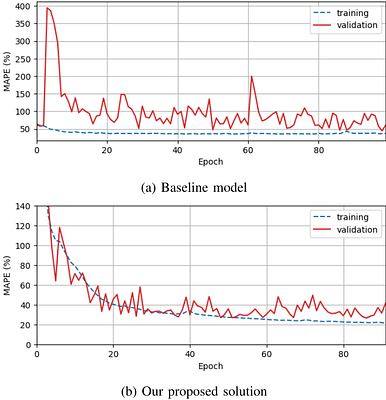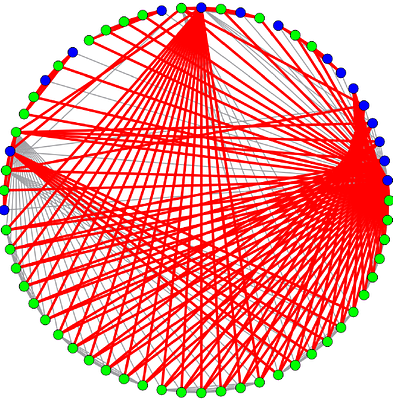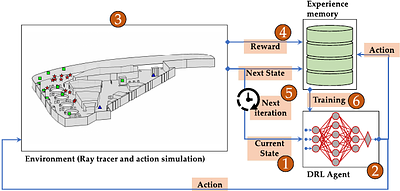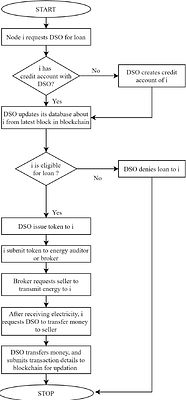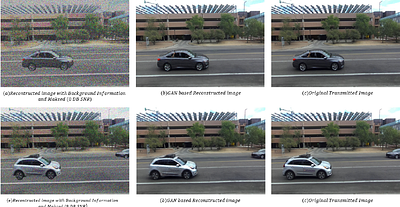Near-space information networks (NSIN) composed of high-altitude platforms (HAPs), high- and low-altitude unmanned aerial vehicles (UAVs) are a new regime for providing quickly, robustly, and cost-efficiently sensing and communication services. Precipitated by innovations and breakthroughs in manufacturing, materials, communications, electronics, and control technologies, NSIN have emerged as an essential component of the emerging sixth-gen...
more Near-space information networks (NSIN) composed of high-altitude platforms (HAPs), high- and low-altitude unmanned aerial vehicles (UAVs) are a new regime for providing quickly, robustly, and cost-efficiently sensing and communication services. Precipitated by innovations and breakthroughs in manufacturing, materials, communications, electronics, and control technologies, NSIN have emerged as an essential component of the emerging sixth-generation of mobile communication systems. This article aims at providing and discussing the latest advances in NSIN in the research areas of channel modeling, networking, and transmission from a forward-looking, comparative, and technological evolutionary perspective. In this article, we highlight the characteristics of NSIN and present the promising use-cases of NSIN. The impact of airborne platforms' unstable movements on the phase delays of onboard antenna arrays with diverse structures is mathematically analyzed. The recent advancements in HAP channel modeling are elaborated on, along with the significant differences between HAP and UAV channel modeling. A comprehensive review of the networking technologies of NSIN in network deployment, handoff management, and network management aspects is provided. Besides, the promising technologies and communication protocols of the physical layer, medium access control (MAC) layer, network layer, and transport layer of NSIN for achieving efficient transmission over NSIN are overviewed. Finally, we outline some open issues and promising directions of NSIN deserved for future study and discuss the corresponding challenges.
less